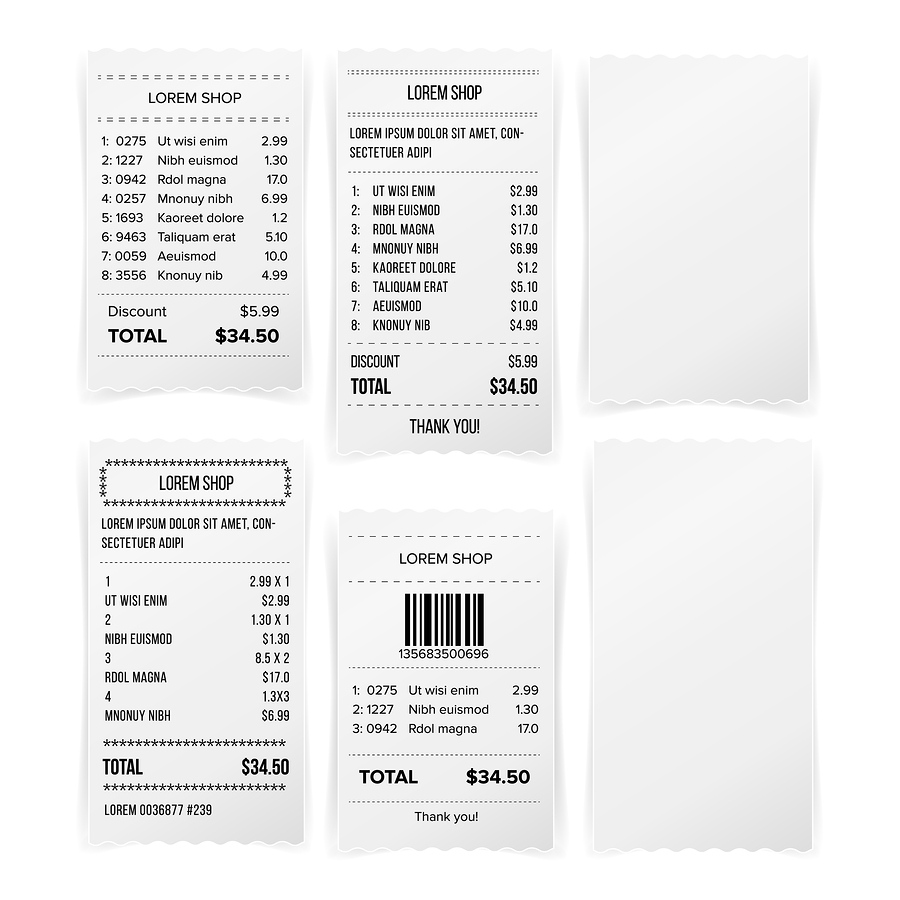Point Of Sale Supply Cost Effectiveness
The path to creating the competitive advantage you need to get ahead of competitors
Ask any seasoned businessman the question “What is the most important aspect of a business?” and he would reply without blinking “keep your costs low and your risks lower”.
Well, the truth is that managers tend to neglect the little things because of the bigger things which keep their mind occupied. What they ‘do not’ realise is the fact that taking care of the big things and leaving the ‘little things’ unattended is equivalent to taking care of the small things and neglecting the bigger things. This can be attributed to the fact that the little things eventually ‘add up” and become a “big thing” themselves.

These ‘small things’ are accumulative in nature and is often attributed to ‘suppliers’ strategy of going easy on price for certain business tools or machinery, but they make up for the margins ‘over time’ via the ‘support items’ that cost very little per unit, but the quantity used usually runs into the thousands for any given financial year. These substantial costs are normally part of the ‘miscellaneous’ cost in the year-end financial statement.
One good example of this situation is the printers for POS (Point of Sale) systems which still generally use either thermal, Eftpos or standard ink receipt printers. What managers do not see about these systems is the fact that if the business involves selling large products such as machinery or office equipment and end up using the POS system once or twice a day, the direct cost of utilising the POS system would be easily negligible based on the fact that the receipt paper rolls will probably be changed only once a month and less than 12 receipt paper rolls are used for the entire year.
On the other hand, if the business is a convenience store or a supermarket even and sells FMCG (Fast Moving Consumer Goods), the chances that the receipt paper rolls for each POS will be changed more than just once in a day. Depending on the volume of business, the total receipt rolls used could be quite significant. The cost factors about these little ‘essential business elements’ are relatively least understood. For instance, the size and type of printer would determine the size and type of paper that will be used whether one ply, two ply, carbon based or thermal receipt paper rolls.
Another factor is that, such things are rarely subjected to price checks and suppliers have been aware of this fact for a long time and use it to their advantage when they establish supply contracts with a firm. The same business strategy may be observed in the ‘printer and ink’ industry where the printers are sold cheaply in the market and they hardly make any margin on them, however the real profit is in the ink that they sell by the thousands at high margins.
HP, Canon, Epson and many other large IT related companies made a lot of money using this very business strategy that business managers still seem to overlook.
